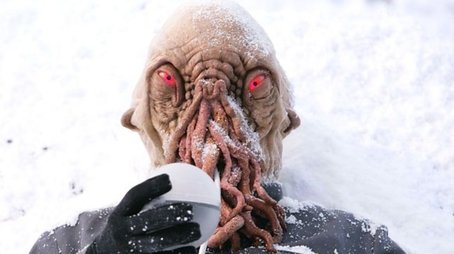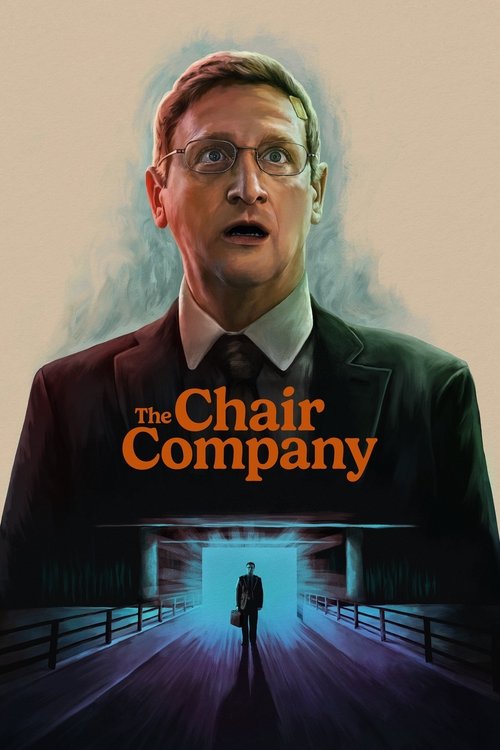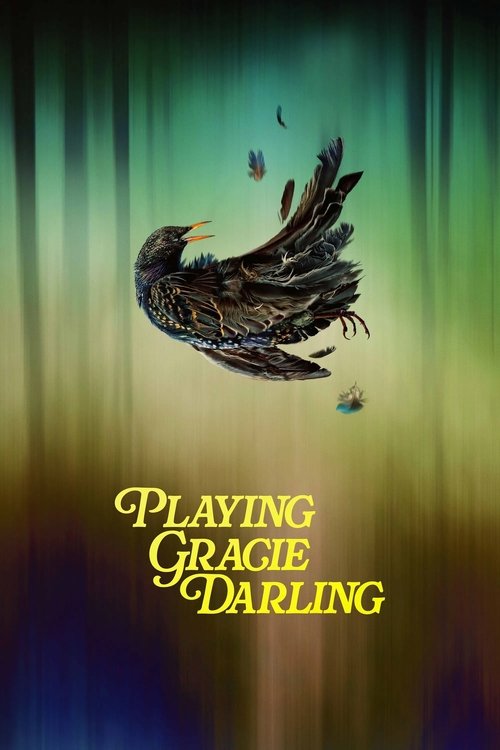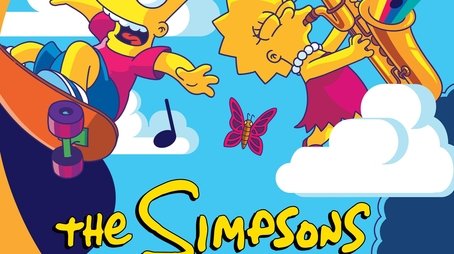
Ask Your Own Question
What is the plot?
In "Greatest Monsters and Villains (3) - The Ood," the episode begins with a montage showcasing the Ood, a race of telepathic creatures known for their distinctive appearance, featuring a large, round head and a face with a single, large eye. The narrator introduces the Ood, emphasizing their role as both servants and victims, often manipulated by more powerful beings. The visuals depict various scenes from the Doctor Who series where the Ood have appeared, highlighting their tragic nature and the darker aspects of their existence.
The episode transitions to a discussion of the Ood's origins, detailing how they were initially a peaceful species living on the planet Ood Sphere. The Ood are shown in their natural habitat, living harmoniously until they were enslaved by humans. The narrative explains how their telepathic abilities were exploited, leading to their transformation into tools for human use. This segment is accompanied by clips from the show, illustrating the Ood's servitude and the emotional toll it takes on them.
As the episode progresses, it delves into the Ood's connection to the Doctor. Key scenes from "The Impossible Planet" and "The Satan Pit" are highlighted, showcasing the Doctor's interactions with the Ood. The Doctor's empathy for the Ood is evident as he recognizes their suffering and the manipulation they endure. The emotional weight of these encounters is underscored by the Ood's haunting songs and their longing for freedom.
The narrative then shifts to the Ood's transformation into a more sinister force. Clips from "Planet of the Ood" are presented, where the Ood are shown rebelling against their oppressors. The episode details the moment when the Ood, under the influence of the Beast, become a threat to humanity. The tension builds as the Doctor confronts the reality of the Ood's plight, grappling with the moral implications of their servitude and the consequences of their rebellion.
The episode also features interviews with cast and crew, who reflect on the Ood's significance within the Doctor Who universe. They discuss the themes of exploitation and the struggle for freedom, providing insight into the creative decisions behind the Ood's portrayal. These reflections are interspersed with additional clips, reinforcing the emotional resonance of the Ood's story.
As the episode nears its conclusion, it revisits the Ood's fate, emphasizing their resilience and the hope for a better future. The Doctor's determination to help the Ood is highlighted, showcasing his role as a protector of the oppressed. The final scenes depict the Ood in a state of liberation, singing their haunting melodies as they reclaim their identity and autonomy.
The episode wraps up with a poignant reminder of the Ood's journey, leaving viewers with a sense of empathy for the creatures who have endured so much suffering. The closing montage features the Ood in various moments of triumph and sorrow, encapsulating their complex narrative within the Doctor Who series.
What is the ending?
In the ending of "Greatest Monsters and Villains (3) - The Ood," the focus is on the Ood, a race of telepathic creatures who have been enslaved and mistreated by humans. The episode concludes with a reflection on their plight and the Doctor's role in their liberation. The Ood are shown to be more than just monsters; they are victims of circumstance, and the Doctor's compassion for them highlights the themes of empathy and understanding.
As the episode unfolds, it begins with a montage of the Ood's appearances throughout the series, showcasing their evolution from mere antagonists to complex beings with deep emotional resonance. The Doctor, portrayed by Matt Smith, is seen grappling with the moral implications of the Ood's suffering. He reflects on his encounters with them, particularly the tragic circumstances that led to their enslavement.
The narrative then shifts to a poignant scene where the Ood express their desire for freedom. The Doctor, moved by their plight, vows to help them. He confronts the human characters who have exploited the Ood, emphasizing the need for change and compassion. The emotional weight of the Ood's songs, which resonate with their pain and longing for liberation, fills the air, creating a powerful atmosphere of hope and sorrow.
In the final moments, the Doctor successfully aids the Ood in breaking free from their chains, allowing them to reclaim their autonomy. The Ood, now liberated, express their gratitude to the Doctor, who stands as a symbol of hope and change. The episode closes with a sense of resolution, as the Ood begin to forge their own path, free from the oppression they have endured.
The fate of the main characters is as follows: the Doctor emerges as a champion for the Ood, having fulfilled his promise to help them. The Ood, once enslaved, are now free to live as they choose, embodying the themes of redemption and the importance of fighting against injustice. The human characters, who represent the oppressive forces, are left to confront the consequences of their actions, serving as a reminder of the moral responsibilities that come with power.
Is there a post-credit scene?
In the episode "Greatest Monsters and Villains (3) - The Ood," there is no post-credit scene. The episode focuses on the Ood, exploring their origins, their connection to the Doctor, and their role as both victims and villains throughout the series. It delves into their unique characteristics, such as their telepathic abilities and the tragic circumstances that have led to their enslavement. The narrative is rich with emotional depth, showcasing the Ood's plight and their desire for freedom, but it concludes without any additional scenes or teasers after the credits.
What are the Ood's primary abilities and characteristics as depicted in this episode?
In this episode, the Ood are portrayed as telepathic creatures with a unique ability to communicate through a shared consciousness. They are characterized by their distinctive appearance, featuring a bulbous head and tentacle-like appendages. The Ood's emotional state is often reflected in their expressions, showcasing a range of feelings from servitude to sorrow.
How does the episode explore the Ood's backstory and their relationship with humans?
The episode delves into the Ood's history, revealing their origins as a slave race used by humans for labor. It highlights the ethical implications of their servitude and the emotional toll it takes on them, particularly through their longing for freedom and autonomy. The narrative emphasizes the contrast between their gentle nature and the exploitation they endure.
What role does the Doctor play in the Ood's plight during this episode?
The Doctor serves as a compassionate advocate for the Ood, seeking to understand their suffering and fight against their oppression. His emotional investment in their fate drives him to confront the injustices they face, showcasing his role as a protector of the vulnerable and a challenger of moral wrongs.
How do the Ood communicate their feelings and thoughts throughout the episode?
The Ood communicate primarily through their telepathic abilities, often expressing their emotions and thoughts through a shared mental link. This is visually represented by their glowing eyes and the way they connect with one another, allowing them to convey complex feelings of pain, hope, and despair without the need for spoken language.
What specific scenes highlight the Ood's emotional depth and their desire for freedom?
Key scenes include moments where the Ood express their sorrow over their servitude, particularly when they sing a haunting song that reflects their longing for liberation. Additionally, scenes where they interact with the Doctor reveal their vulnerability and desire for understanding, emphasizing their emotional depth and the tragic nature of their existence.
Is this family friendly?
"Greatest Monsters and Villains (3) - The Ood" from Doctor Who is generally family-friendly, but it does contain some elements that might be unsettling for younger viewers or sensitive individuals. Here are a few aspects to consider:
-
Visuals of the Ood: The Ood are depicted as alien creatures with a somewhat eerie appearance, which may be frightening to some children.
-
Themes of Control and Manipulation: The episode explores themes of enslavement and the loss of free will, which could be distressing for younger audiences.
-
Scenes of Violence: There are moments that depict violence or threats, particularly in the context of the Ood being used as weapons, which may be upsetting.
-
Emotional Distress: The Ood express sadness and suffering due to their circumstances, which could evoke feelings of empathy or sadness in viewers.
-
Dark Atmosphere: The overall tone of the episode can be dark and foreboding, which might not be suitable for all children.
Parents may want to preview the episode or discuss its themes with their children to ensure it aligns with their comfort levels.











